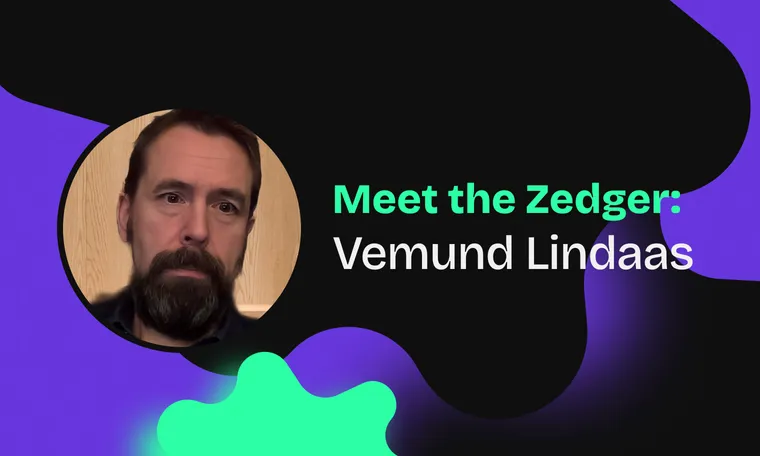Q: Who are you and where are you from?
A: My name is Vemund Lindaas, and I’m from Trondheim, Norway.
Q: Tell us a little bit about your career path: how did you get from where you started to Zedge?
A: My education is within microelectronics and I started my career in an electronics hardware company before joining the American semiconductor company, Atmel. At Atmel I became in charge of the microcontroller team, and while Zedge was releasing their first Android app late 2009, my team had developed and put into production the touchscreen controller that took 90% of the Android smartphone market at that time. And as Zedge got a lot of growth from the booming Android market, I was hired to lead Zedge Engineering and grow the organization back in 2013.
Q: What is your role at Zedge?
A: I am currently General Manager
Q: Impressive title! What does that mean, though? What's an average work day look like?
A: It means I am the country manager in Norway and part of the management team in Zedge. I don’t really have any average work days, but there is of course a lot of email and meetings, plus keeping myself up to date on what’s going on
Q: What's your favorite thing about working at Zedge?
A: We have great colleagues, and I enjoy having discussions about our challenges and looking at different perspectives together. I also find it interesting to do market research to look at trends and competitors, as this brings a good overview of our position and strategy
Q: What's your least favorite thing about working at Zedge?
A: I hate when we put significant effort into a new feature or product without seeing any meaningful impact as a result of this. That’s the downside of consumer business, you don’t always get the outcome you hope for – even if everyone did their best.
Q: What do you do for fun outside of work?
A: We recently started a curling team and joined a league, where we play almost every week. This is truly a sport for engineers, as it involves considering speed, direction, friction and angles of the curling stone, as well as considering different strategies to be ahead of the competitor team.


